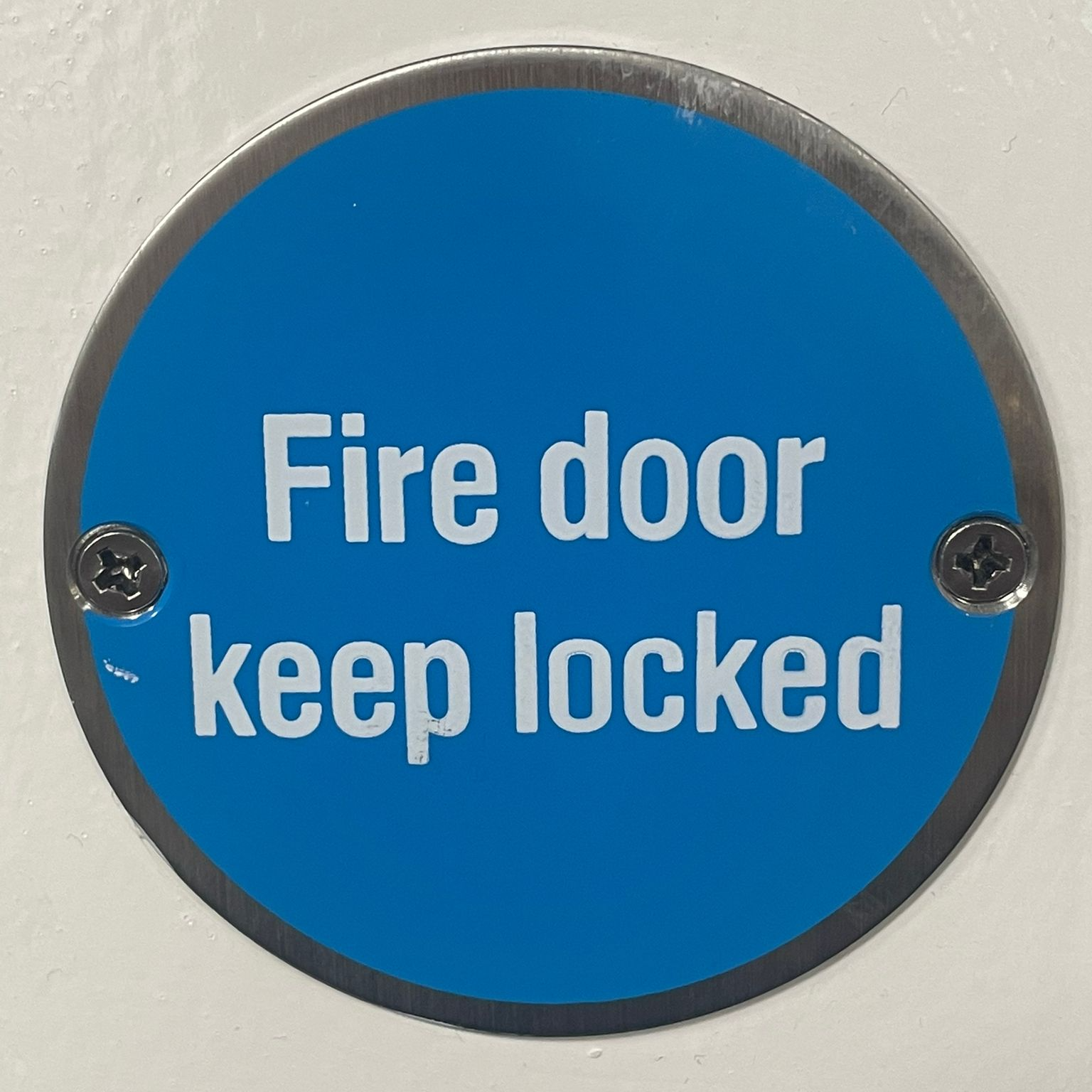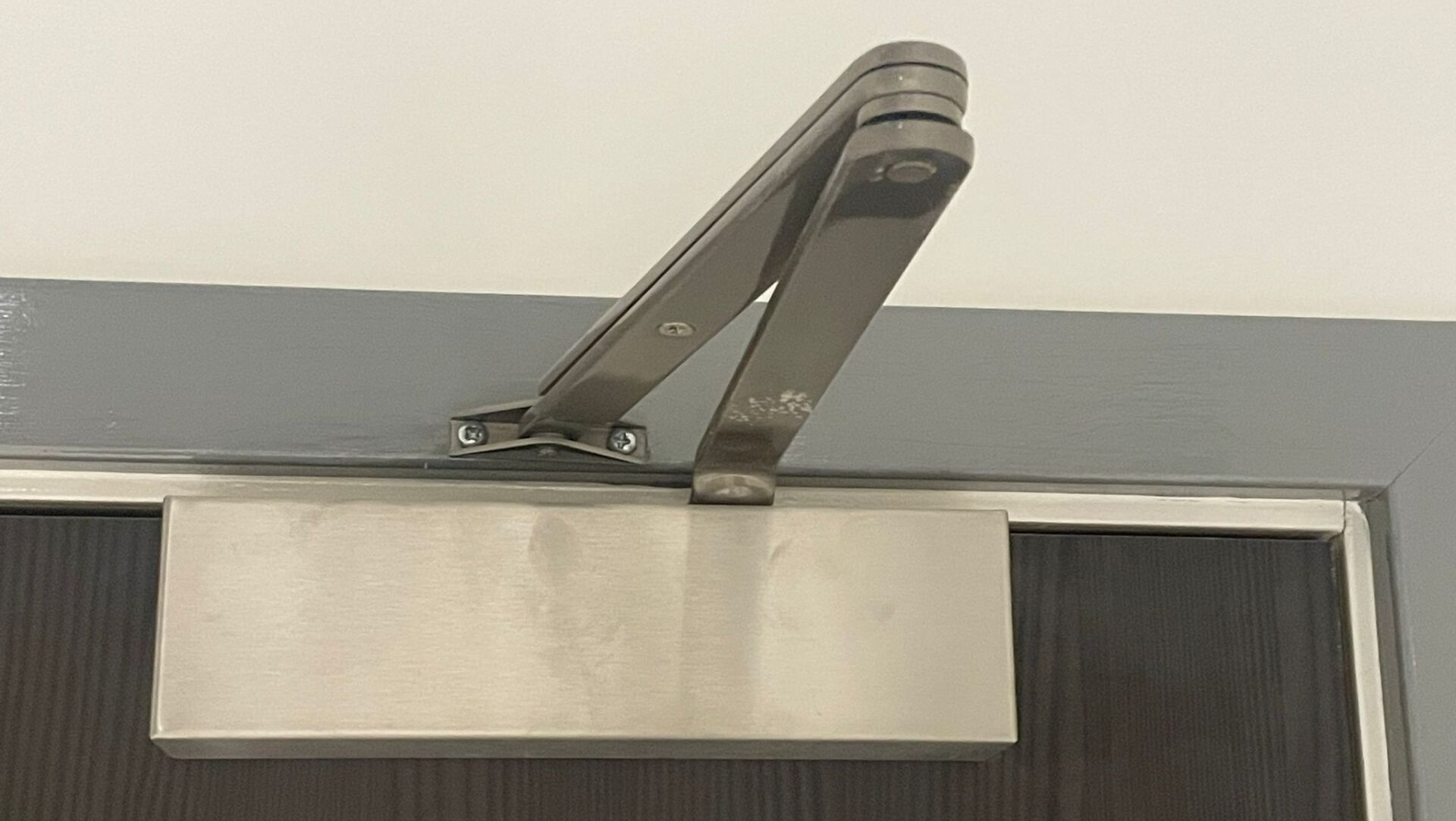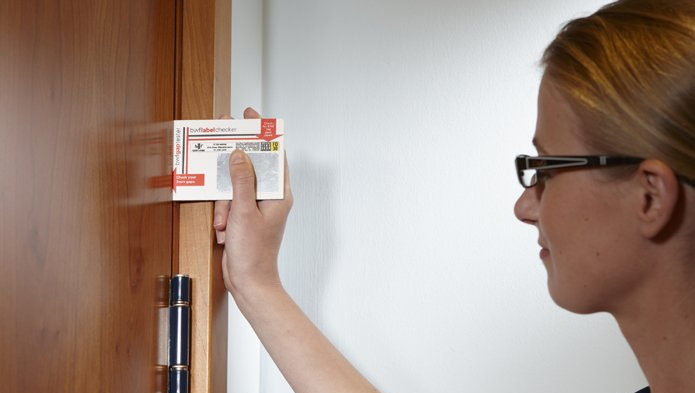WOULD YOUR FIRE DOORS FAIL AN INSPECTION?
Share this post
Fire doors play an invaluable part in protecting your building and everyone inside it. They not only provide a means of escape, but also form a barrier to minimise the risk of it spreading and causing further devastation.
However, for many buildings it’s only when a fire breaks out, that the consequences of poorly fitted or maintained fire doors are highlighted. They must have certain features in order to fulfil their purpose, otherwise, they won't be able to perform properly.
So are your doors fitted and maintained as they should be? Here are 5 steps to checking they meet current standards:
1 - Can they be identified as a Fire Rated Door?
There should be a certification label or coloured plug at the top edge of the door to show it's certified. If not, the door may not offer any protection so worth getting it checked.

2 - Are they clearly marked as a Fire Door?
You should be able to see a 'Fire Door Keep Shut' sign marked clearly on both sides of the door. If not this then something similar, otherwise the public won't identify this as a route of escape.

3 - Does the Door Closer work?
Fire Doors needs a door closer so check to see if you have one, and that it's works properly. It should allow the door to shut, latch and should be free of any damage.

4 - Does it have the correct Hinges?
Check your Fire Doors to see if it has the correct hinges which are CE rated and protect from fire and smoke damage. There should be 3 hinges, all free of damage and every screw should remain intact. It should also be marked to show that it's fire rated and suitable for commercial and home use.

5 - Are the Gaps and Seals the right measurements?
The gap between the frame and the door should be between 2mm - 4mm, so using a Gap Gauge you can check the measurements are up to standard. You also need to check that the frame and seals are in good condition as they all can allow the fire and smoke to spread causing more damage, and quickly. Intumescent seals, or strips, are fitted to the door and, when exposed to extreme heat, expand to close any edges or gaps that may leave the fire door vulnerable to fire and smoke spread.





